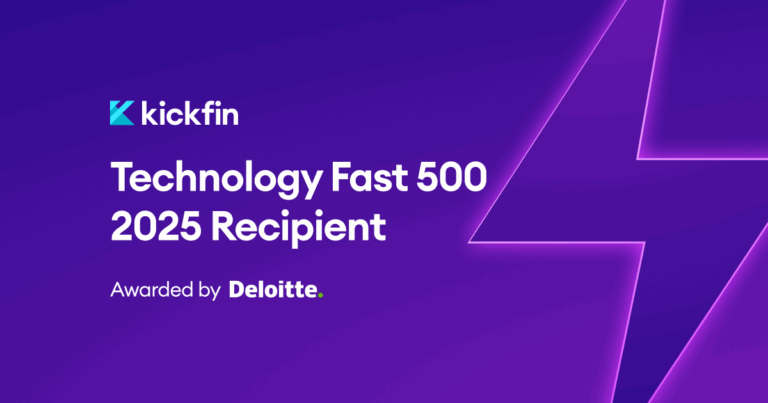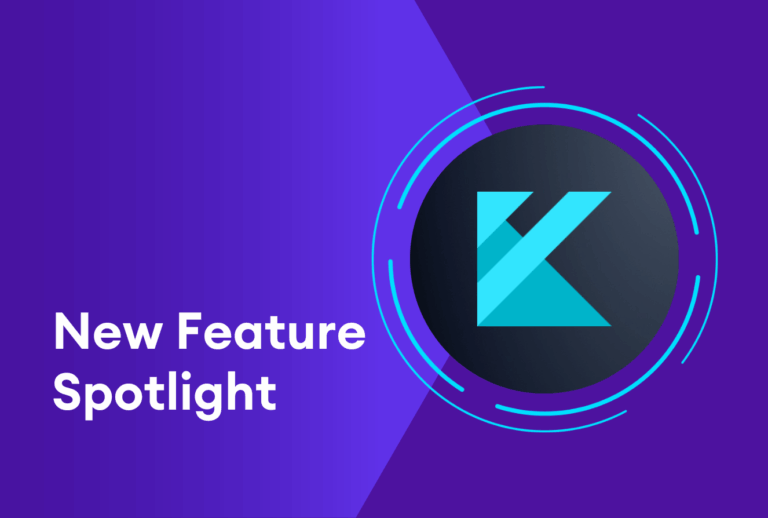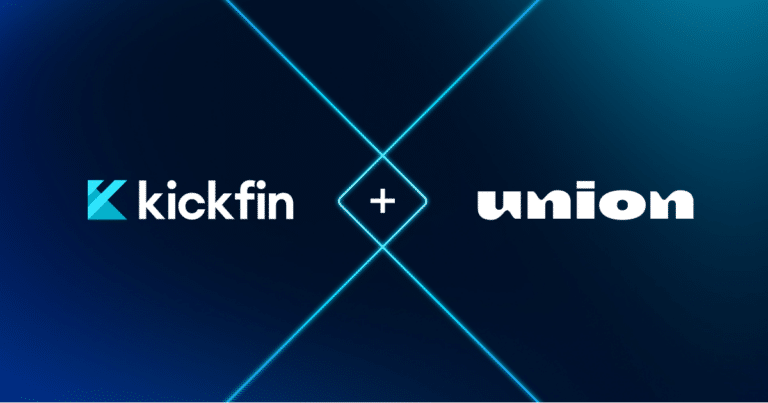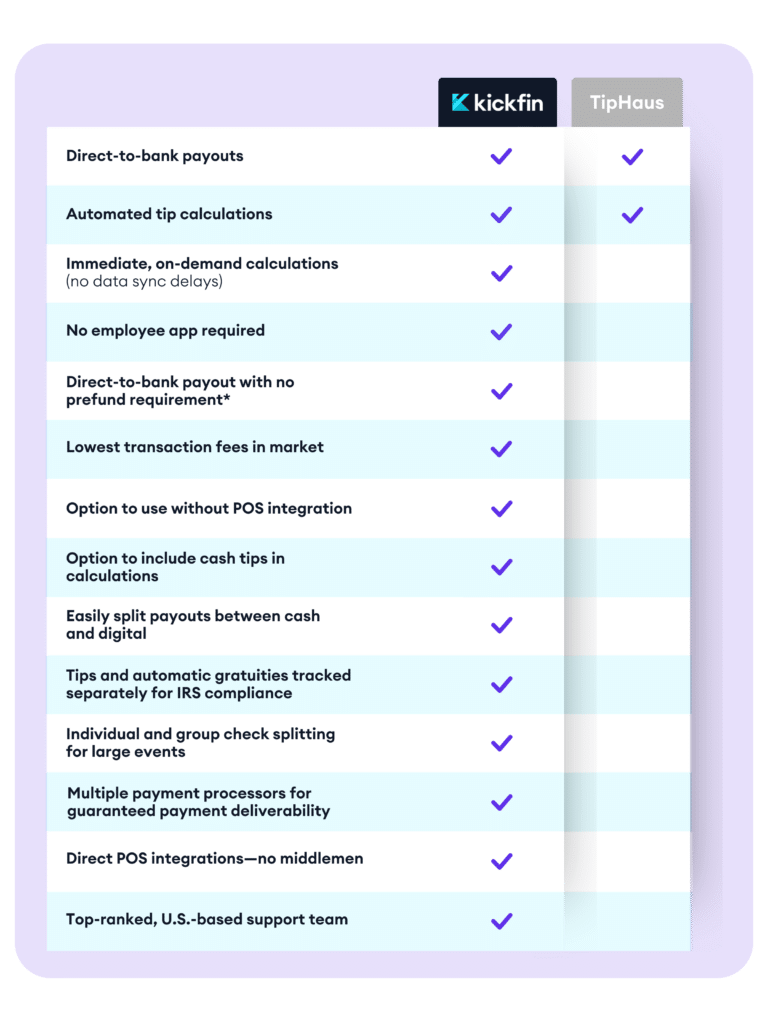Did you know tips your servers receive are taxable in the United States? But it’s not just the employee’s responsibility to track their hard-earned tips and report them as part of their taxable income. As a restaurant owner, tip reporting plays into your job, too; you have to make sure you know how much cash is flowing in and out of your business — whether it’s through regular wages or from tips.
Here’s the lowdown on tip reporting for both employers and employees.
Are restaurant tips taxable?
The short answer: Yes.
The IRS requires every tipped employee to report those tips to their employer. Generally, a “tipped employee” regularly earns over $30 a month in tips, so this likely applies to most of your waitstaff. Tips include any cash tips and tips added to credit or debit charges on a bill. If your server received it, it counts as income.
There’s one exception. This does not include service or mandatory gratuity charges you’re already adding to a check — that counts as regular wages.
Who is responsible for reporting tips to the IRS?
Both restaurant employers and restaurant employees are responsible for reporting tips to the IRS. The majority of the work, however, falls on the employee, and should be a part of their regular clocking out routine. We’ll talk more about what that looks like in a moment.
How do you report cash tips?
The way you report your cash tips to the IRS differs based on whether you’re a restaurant employee or the restaurant owner.
Your servers must:
- Keep a daily tip record using Form 4070A, Employee’s Daily Record of Tips. This must include their legal name and signature, address, social security number, workplace, time period covered, and total amount of tips.
- Report all tips to you by the 10th of the following month, unless the total is less than $20 per month
- Report all tips on their individual income tax return using Form 4137, Social Security and Medicare Tax on Unreported Tip Income
- While unlikely in a restaurant setting, the IRS also requires them to record any non-cash tips you receive, such as tickets, passes, or gift cards, and note the value in their individual income tax return
Employers must also report tips to the IRS. That means they need to:
- Retain a copy of all tipped employees’ daily tip record
- Withhold taxes based on combined wages and tip income and report those withheld taxes as part of Form 941 in your quarterly tax returns
- Include tipped income as part of Form W-2, in Box 1, 5, 7, and 12
What is the FICA tax tip credit?
The FICA tax tip credit gives food and beverage business owners a tax break on employee earnings from tips. You still need to pay the FICA taxes (currently 7.65%) up to the federal minimum wage, but after that, you would be eligible for the credit. Talk to your payroll or accounting team, and learn more about it here.
Note: This is different from the FLSA tip credit, which you can opt-in to in order to save money on your minimum wage obligations. Essentially, it’s the difference between the federal minimum wage and base pay for tipped employees. For a full overview of the FLSA tip credit, click here.
5 tips for tip tracking and reporting
Tracking tips can be challenging, especially if you have multiple locations or more than one or two employees. Here are a few ways to make it easier:
- Trust your accounting team. While the tip process can be tricky, it’s common practice in restaurant payroll. If you haven’t already, it may be worth investing in an accountant or accounting agency with food and beverage experience you can trust so you can focus on the day-to-day restaurant operations.
- Use technology to your advantage. Depending on what you’re using, you may already have a built-in way to record tips at the end of every shift. Many restaurant POS systems do this, or you can look into apps like Just the Tips, ServerLife, or Tip Counter.
- Set a reminder on your calendar and/or use your email service provider to send an automated email to your employees every month. You need the full log of the month’s tips by the 10th of the following month. Make it easy to get that information from your team by setting a calendar reminder or putting together an automated email through your email service provider you’re already using.
- Include tip reporting training for your employees. If they’re new to the restaurant business, or they’re working for you as their first job, they may not know that tips count toward taxable income. Include information on how to do this as part of their employee onboarding or put it on the agenda for your next family meal.
- Use Kickfin to pay tips instantly. Track tips and pay out through direct deposit with Kickfin, so tracking and reporting are easy come tax time.
Track your tips more easily with Kickfin
Kickfin gives you 100% visibility in tip payment history — by individual employee, by location, or as an entire organization. Get a demo here to see Kickfin’s tip tracking and reporting in action!






